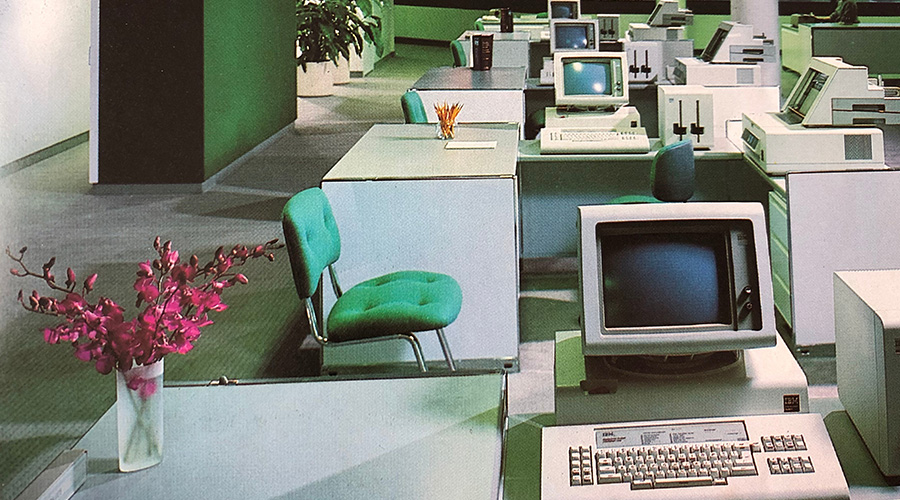Big-Ticket Purchases: Financial Justification
During my years as a business leader in engineering, manufacturing, and operations settings, many department leaders and staff have submitted requests for capital assets that used justifications such as "infrastructure" or "replacement," along with the claim the asset had exceeded its useful life.
But rarely did they include a financial justification for the expenditure. Did they believe phrases such as "business need" or "cost of doing business" were acceptable cost justifications? Are these types of reasons the best way for maintenance and engineering managers to justify requests for big-ticket asset replacements, such as chillers, boilers, roofs and computerized maintenance management systems?
In short, no. I challenge managers to, in turn, challenge their staff to come prepared with the strongest possible case for making such an expenditure, and that case must include a financial justification.
Building a Case
First and foremost, managers need to submit requests that justify the investment. Organizations are operating in a different climate these days. Increased governance and internal controls, along with sound financial theory, have combined to require a financial analysis that supports all major investments.
The days of ignoring returns on investment are long gone. Now managers are under pressure to propose projects they can justify with a discounted cash-flow analysis or simple payback.
The capital-budgeting process usually outlines these financial requirements, and it ensures all investment decisions meet the internal hurdle rates and return a rate to investors that meets or exceeds the company's cost of capital. Maintenance-based expenditures must comply with this process.
Here is the big challenge for managers: Investments in large-scale infrastructure repair or replacement are often essential, but managers cannot use positive cash flow as a justification for the investment because none exists. So managers need to focus on the likely results of not making the investment for justifications and approvals.
Lastly, managers must remember to incorporate total cost of ownership (TCO) into their cost justifications. TCO provides a cost basis for determining the economic value of these investments.
Managers can use a TCO analysis — which looks at the total cost of acquisition, operations, and maintenance — to gauge the viability of any capital investment. TCO relates directly to an asset or related systems across all projects and processes, providing a broader and more accurate picture of profitability over time.
Related Topics:













